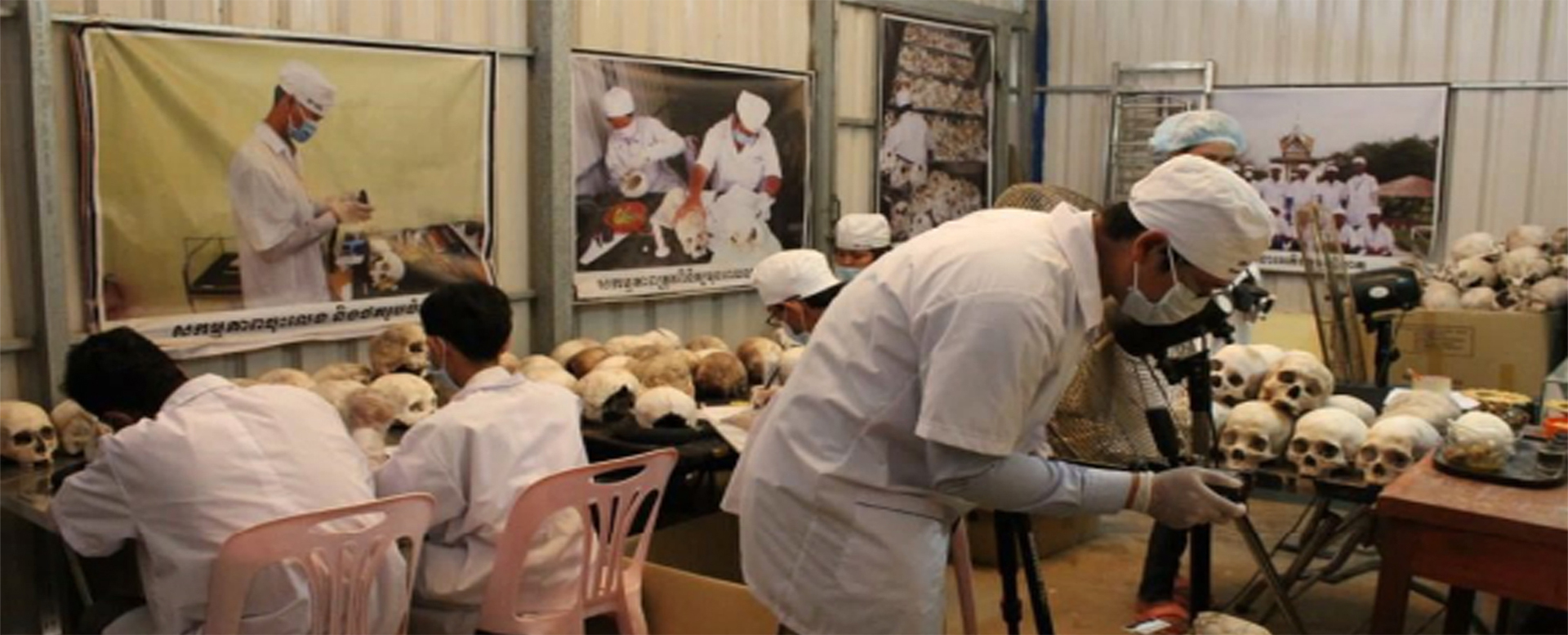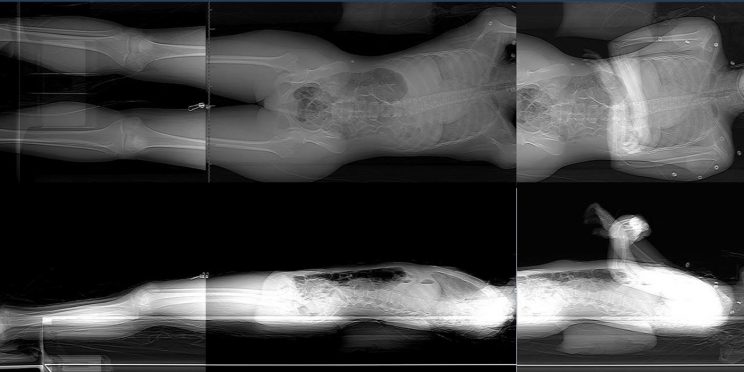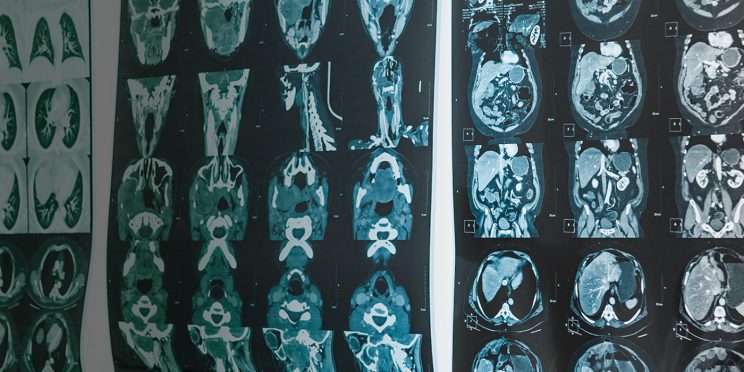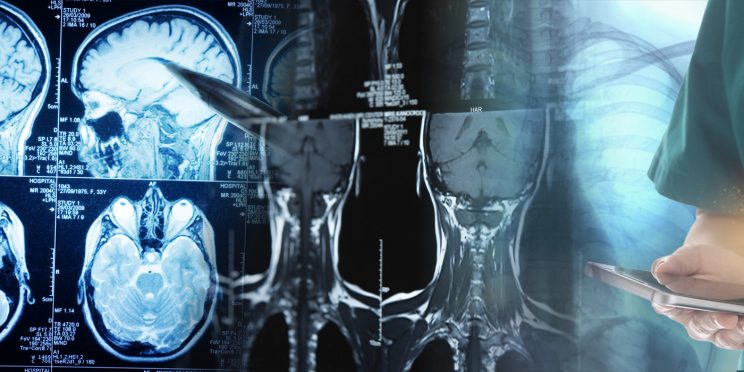The webinar originally occurred on May 16th, 2017
Duration: 1 hour
Overview
This presentation provides an introduction to the work conducted in Cambodia to analyze/preserve human remains from violence committed by the Khmer Rouge. Specifically the site of Krang Ta Chan, a former prison with mass graves, will be discussed.
Krang Ta Chan is one of nearly 20,000 mass gravesites throughout Cambodia resulting from the violence committed during Khmer Rouge period (1975-1979). Krang Ta Chan was the site of a former Khmer Rouge detention and execution center. According to a witness, eight graves were exhumed at the site in 1979 revealing the remains of around 10,000 victims. This presentation will discuss the research conducted on the human skeletal remains in Cambodia resulting from this violence, and the implications of this work. Ms. Fleischman wrote the American Academy of Forensic Sciences (AAFS) Humanitarian and Human Rights Resource Center (HHRRC) grant that funded this project and was fortunate to be able to work with the Cambodian team while they conducted their analyses and then preserved the remains from Krang Ta Chan. While much has been written about the history of Khmer Rouge violence, the work undertaken by this research team at Krang Ta Chan is one of the first large-scale efforts to analyze and preserve the millions of human remains that serve as a visceral reminder of this human rights tragedy. However, this work is not without its challenges and controversies, as is common when working with human remains from post-conflict sites around the globe. This presentation will conclude with a brief discussion of the implications of this type of work in Cambodia and also internationally.
Presenter
- Julie Fleischman | Anthropology PhD Candidate at Michigan State University
Funding for this Forensic Technology Center of Excellence webinar has been provided by the National Institute of Justice, Office of Justice Programs, U.S. Department of Justice.
The opinions, findings, and conclusions or recommendations expressed in this webinar are those of the presenter(s) and do not necessarily reflect those of the U.S. Department of Justice.
Contact us at ForensicCOE@rti.org with any questions and subscribe to our newsletter for notifications.




